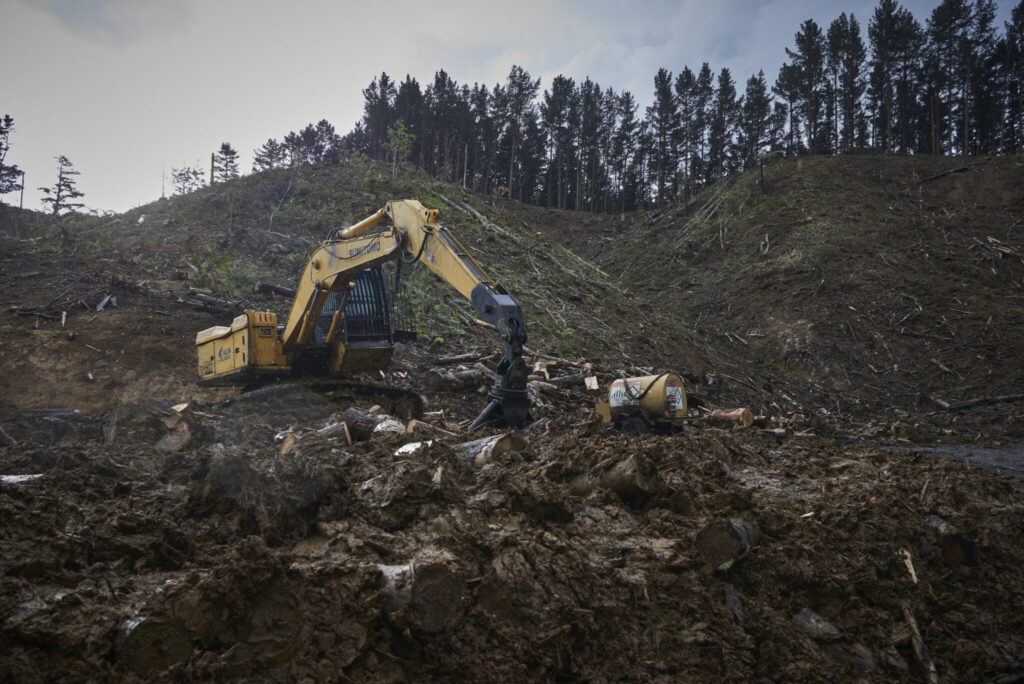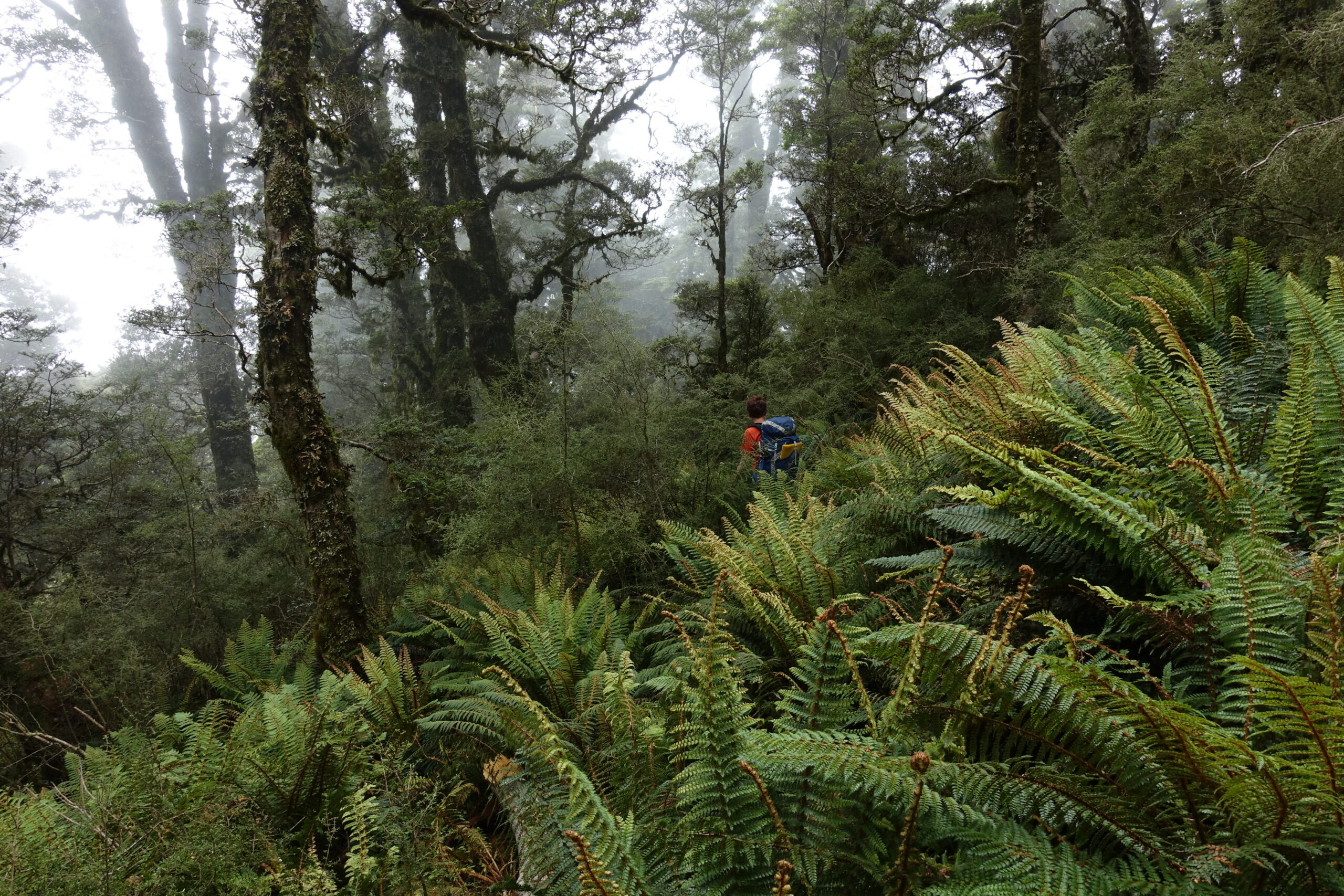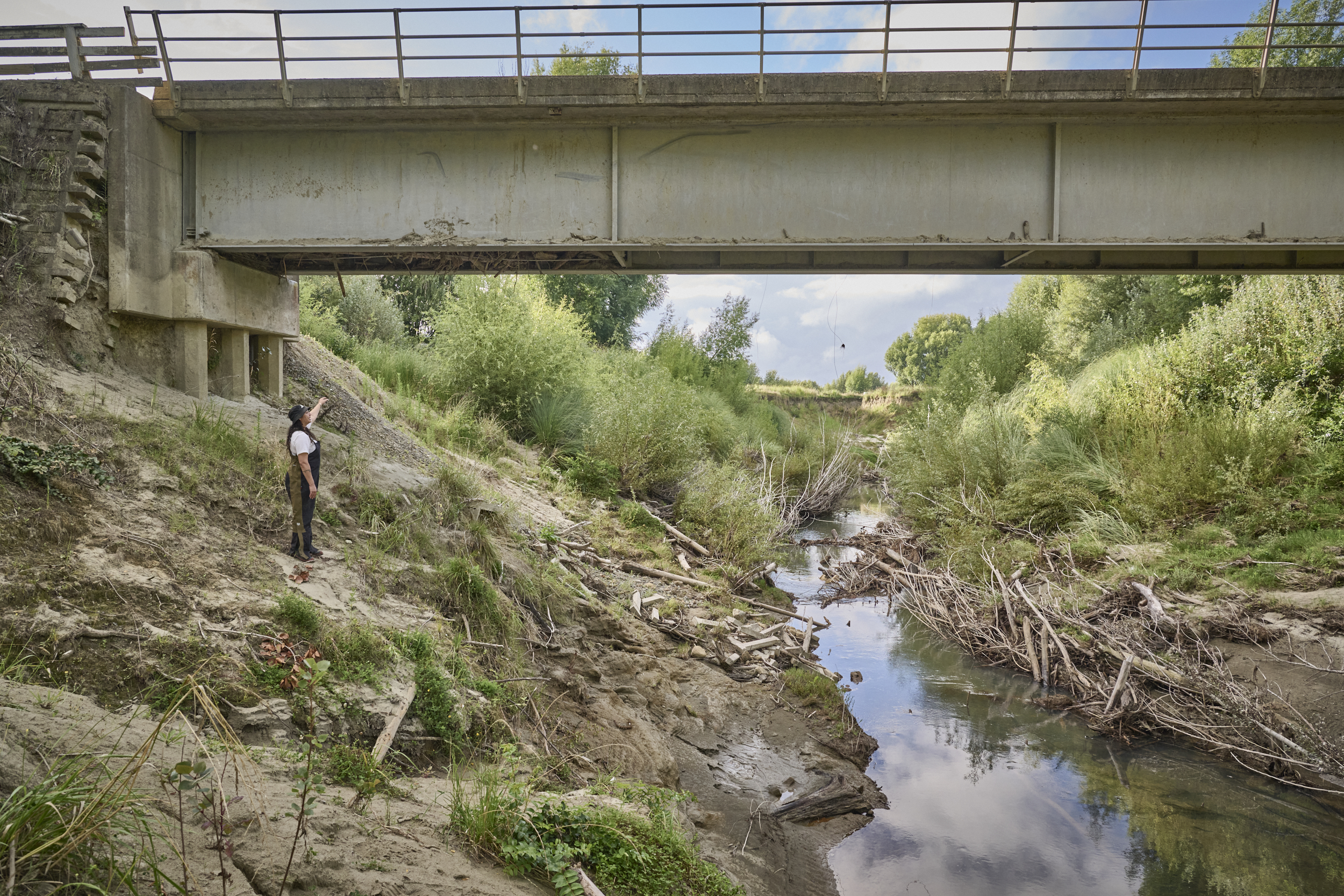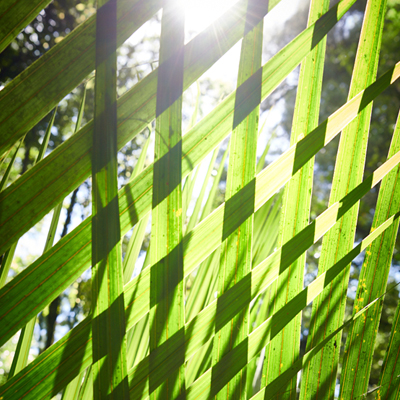With extreme weather events on the rise, our future resilience depends on how we’re covering the land.
Ongoing extreme weather events around New Zealand are a reminder that such events are becoming more common. It’s easy to look at any single event and think it was a one-off, but they keep happening. The Auckland floods, Cyclone Hale, Cyclone Gabrielle, floods in the top of the South Island, the list keeps growing.
We are also seeing more extreme wind events, including increasingly frequent tornados. Experience elsewhere in the world suggests we should also expect more frequent and severe heatwaves, droughts and wildfires. There is no denying what is driving these events. As the atmosphere and oceans heat, storms become more intense bringing these super charged weather systems to our shores.
”The heating of the atmosphere is of course a direct result of our insatiable appetite for fossil fuels and the resultant CO2 emissions from their burning.
We need to rapidly reduce our dependence on fossil fuels now, not next week, next year or after the next election. And offsetting is just not an option. To reduce emissions we must change our lifestyles and especially reduce our unsustainable consumption. Sadly, there is little evidence that we are making any serious inroads into reducing our CO2 emissions, so we can expect these weather events to continue and likely get even worse.
We also need to urgently build resilience in our landscapes, resilience against these extreme weather events because they are already with us. We know from the insurance sector that more and more homes and businesses are just not going to be insurable if we do not address resilience in a sustainable manner.
But more than that, ongoing storm events are threatening the viability of an increasing number of businesses across the country, they threaten our native biodiversity and they threaten the places we call home. In a recent study it is suggested that nearly 15,000 properties worth close to $13 billion could be damaged by floods in the next 35 years.

Clearing slash after Cyclone Gabrielle. Photo: Alistair Guthrie
We cannot rely on engineered solutions alone for this resilience. Stop banks fail or flood waters overtop them, and we cannot afford to keep building bigger and bigger ones. Engineered solutions on their own will not work here in Aotearoa New Zealand because we are a geologically young country that is tectonically very active. Instability is a natural feature of almost all our landscapes.
To build genuine sustainable resilience we need to focus on how we use our land and what its underlying vulnerabilities are, and based on this, manage our landscapes so that they are resilient to these extreme events. This will of course require engineered solutions, but will also require a much bigger emphasis on nature-based solutions.
”We urgently need a National Climate Change Landscape Resilience Plan.
Such a plan needs to be developed by the central government but it has to be enabling, not prescriptive, as we know that a ‘one-size-fits-all’ approach will not work for a country as diverse as ours. And it needs to be applicable to every catchment across the country.
Building genuine catchment resilience will require us to think well outside our current land uses and management approaches. For example, it may be that clear-fell harvesting of pine plantations is simply not possible on any erosion prone hill country in New Zealand, or, in some areas, the most resilient future option may be to let rivers run free of stopbanks and naturally flood their lower catchments requiring land uses that are compatible with this.
It seems clear that land uses based on large-scale monocultures, whether they are ryegrass-clover pastures or pine plantations, are not resilient. To stand up to extreme weather events, Aotearoa New Zealand needs far more diverse landscapes to provide this resilience.
Recloaking Papatūānuku is a nature-based solution that proposes creating interwoven landscapes where native forests and wetlands are integrated with other land uses such as agriculture, horticulture and well managed exotic tree plantations in a diverse mosaic that builds resilience. It involves looking after both our remaining old-growth native forests, managing the plant and animal pests that threaten them, while at the same time restoring over two million hectares of new native forests and wetlands.
Think Like a Forest is a film that brings the vision of Recloaking Papatūānuku to life. It explores the vision for and some of the people involved in developing a resilient future where we can address the challenges that climate change keeps throwing at us throughout the motu.

Silver Beech Forest. Photo: David Norton
To build landscape resilience in this way will require us to look geospatially at every catchment and make decisions about how we can best configure each area to reduce erosion and hold water back, while at the same time providing for sustainable primary production, safe places for people to live and work, and enhance our native biodiversity. And this must be done from the bottom up by those who know the land – farmers, catchment groups, Māori trusts and other local groups – with local and central government providing support.
We urgently need a National Climate Change Landscape Resilience Plan with Recloaking Papatūānuku as the central pillar. And we need this plan now; it is not something that we can delay and argue about and put off into the future – it needs to be something that has the support of all political parties going into the next election because this is about the future of all of us here in Aotearoa New Zealand.
The Auckland floods, Cyclone Hale, Cyclone Gabrielle and the recent Tasman/Nelson floods are not one-off events. They are the warning of what is to come.
David Norton is a contributor to the Recloaking Papatūānuku initiative, an urgent and ambitious programme to restore our indigenous forests and wetlands at scale. Think Like a Forest is a film that makes the case for Recloaking Papatūānuku, profiling the deep connections people have with forests and the role they play in building landscape resilience. Find out more about the initiative here and sign up to join the movement.




Leave a comment